Walking Chesil Beach honestly felt like stepping into another world. This massive shingle barrier runs for 18 miles along the Dorset coast, offering endless sea views and the calm waters of Fleet Lagoon just beside me.
Chesil Beach is one of the UK’s longest beaches, famous for its huge pebble banks and wild, unforgettable scenery.
Every step on the shifting stones and under that huge sky made me feel completely out in the elements. The beach slices through the landscape, keeping the salty ocean apart from the calm lagoon.
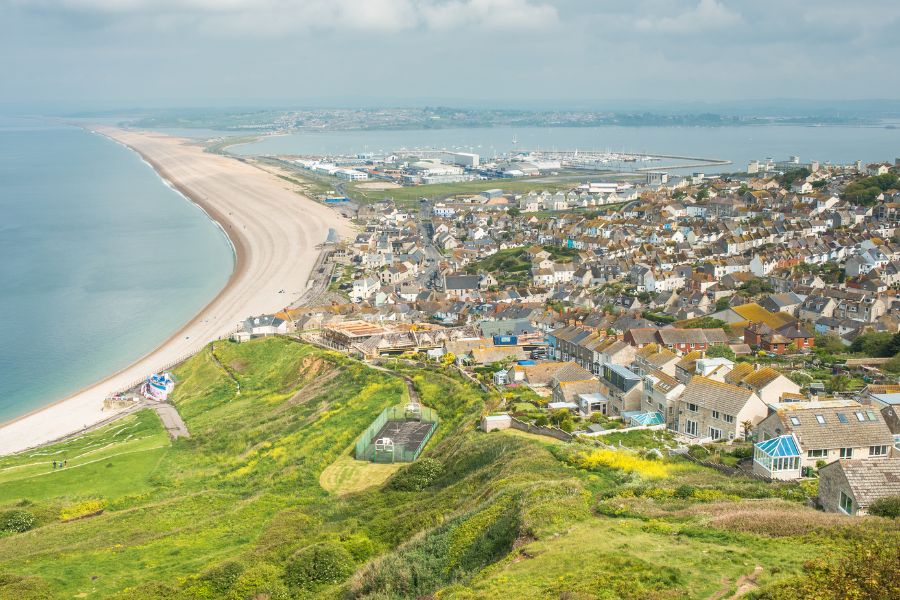
It’s nothing like your typical sandy beach—this place is raw, a bit wild, and steeped in history. There’s a quiet power here, and you can sense it with every crunch underfoot.
Discovering Chesil Beach and Its Epic Scale
Chesil Beach stretches a staggering 18 miles from West Bay to Portland, separating the English Channel from the sheltered Fleet Lagoon. Its sheer size and striking features make it a real marvel, both to scientists and anyone who loves the coast.
Dorset’s Shingle Barrier: Geological Origins
Thousands of years ago, rising sea levels and relentless storms piled up gravel and pebbles here, slowly building the beach parallel to the land.
Glaciers from the last Ice Age left behind tons of rocks and stones, and the sea’s waves and tides shaped them into this massive barrier. Wave action and longshore drift did most of the heavy lifting, and over centuries, storms just kept adding more.
Unlike the sandy stretches nearby, Chesil stands out as a living example of ancient, natural landforms. Nature’s power is on full display—this beach keeps shifting and growing, a reminder that the coastline never really stands still.
The Structure of Chesil Beach: Pebbles and Tombolo Formation
Chesil Beach is all about the pebbles. The size changes as you walk—big, hefty stones near Portland, and much smaller ones as you head west.
I noticed the pebbles shrinking under my feet with every mile. That’s just how the waves sort things out: heavy stones stay put near Portland, while lighter ones ride the currents farther along.
The stones here are smooth and rounded, polished by years of tumbling in the surf. Chesil even forms a tombolo, connecting Portland to the mainland—a rare landform that makes this spot both a barrier beach and a vital link in Dorset’s geography.
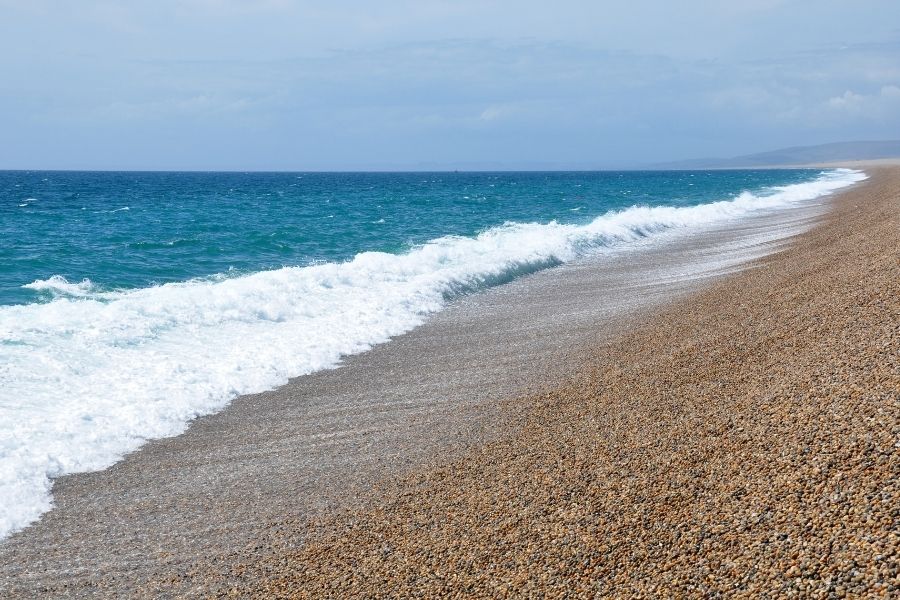
It’s not just a strip of stones; it shelters Fleet Lagoon from the Channel’s rough waves, keeping the waters behind it peaceful and full of life.
A UNESCO World Heritage Site Along the Jurassic Coast
Chesil Beach is part of the Jurassic Coast, which UNESCO recognized as a World Heritage Site back in 2001. This stretch of coastline is packed with fascinating geology and stories from Earth’s distant past.
As I walked, I spotted signs and markers sharing facts about fossils and the ancient rocks exposed along the coast. You can feel the pull of history here—archaeologists, geologists, and nature lovers all flock to see this place for themselves.
Chesil isn’t just beautiful; it’s a textbook barrier beach, and you can actually see why it’s so important for understanding our planet’s story. It’s easily one of the geological highlights of the English Channel.
Walking the 18-Mile Trail: Route, Highlights, and Planning
Chesil Beach runs for 18 miles along the Jurassic Coast, creating a natural wall between the sea and Fleet Lagoon. Walking here means tackling a landscape of shingle, brackish water, and quiet villages.
There are loads of ways to experience it—whether you want a long trek or just a casual stroll.
Navigating the Coastal Path: Starting Points and Distances
There are several good places to start your walk. West Bay marks the northern end, West Bexington sits in the middle, Ferry Bridge is close to Weymouth, and Portland anchors the southern tip.
If you’re feeling ambitious, you can walk the whole 18 miles from West Bay to Portland. For most folks, breaking it into sections works better—West Bexington to Ferry Bridge is about 8 miles and much more doable in a day.
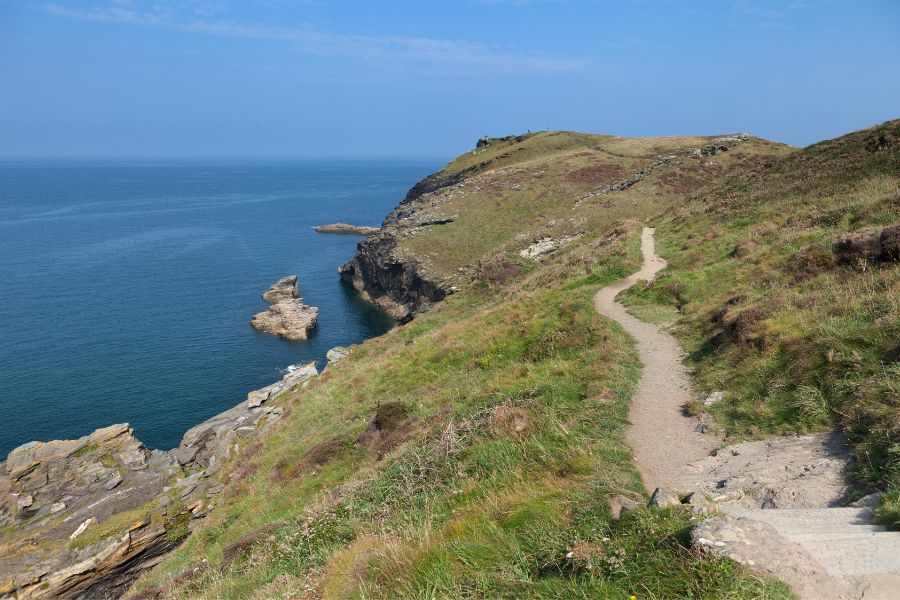
The South West Coast Path often follows the landward side, with clear waymarks to keep you on track.
Here’s a quick look at distances:
| Location | Distance from Next |
|---|---|
| West Bay | 6 miles to West Bexington |
| West Bexington | 8 miles to Ferry Bridge |
| Ferry Bridge | 4 miles to Portland |
Not every part of the shingle is open to walkers—some stretches are off-limits for wildlife protection. It’s worth checking ahead.
Fleet Lagoon: The Unique Brackish Waters
Between Chesil Beach and the mainland, Fleet Lagoon stretches for about 8 miles. It’s a shallow, brackish strip of water, cut off from the open sea by the high shingle bank.
Fleet Lagoon is a real haven for wildlife, home to wading birds and rare plants. The Swannery at Abbotsbury sits at one end and is famous for its huge swan flocks.
The water here mixes salt and fresh, so you’ll spot everything from sea anemones to coastal grasses. The lagoon feels calm and sheltered, especially compared to the wild sea just over the stones.
There are marked trails along the inland side, so you can get good views without disturbing the habitats.
Essential Tips: Car Parks, Weather, and Safety
You’ll find car parks at key spots—West Bay, West Bexington, and near the Chesil Beach Visitor Centre at Ferry Bridge. These fill up fast in summer, and there’s usually a fee.
The weather out here changes quickly. Wind and rain can make walking on shingle a real workout, so I always bring sturdy shoes and extra layers. There’s no shelter, so pack rain gear if the sky looks iffy.
Don’t forget water and snacks—there are long stretches without facilities.
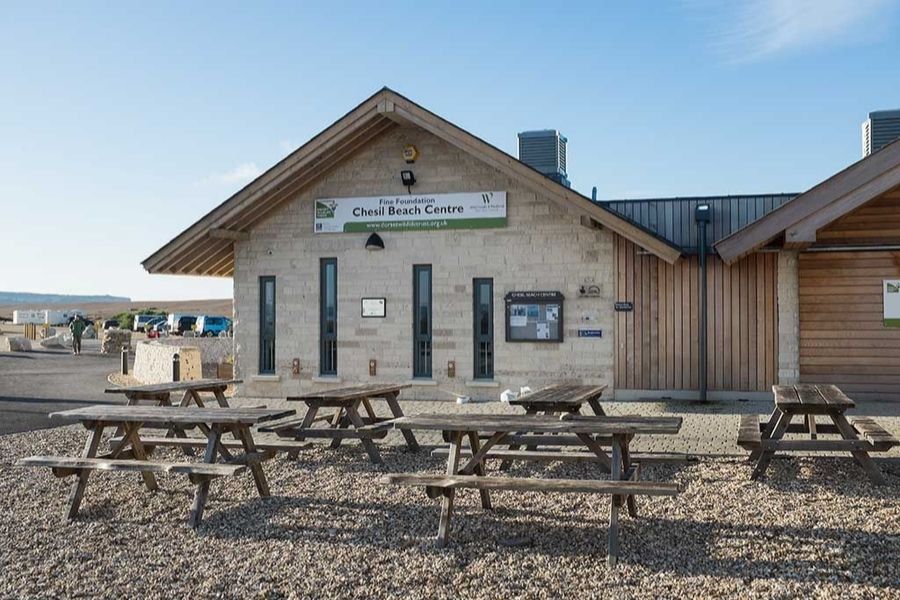
Walking on shingle is tough going, and it’s not for everyone. Some parts are remote, and mobile signal isn’t always reliable. Tides can cover the lower beach, and conservation zones might restrict access, so check the latest info before you head out.
Accessibility and Visitor Centres
Getting around Chesil Beach can be tricky. Most of the shingle is loose and uneven, so it’s not great for wheelchairs or prams.
But the promenade at Weymouth and paved paths near the Chesil Beach Visitor Centre at Ferry Bridge are much more accessible.
The Chesil Beach Visitor Centre is a handy stop for maps, toilets, and a café (especially in summer). Staff are friendly and full of advice about walking routes, wildlife, and the weather.
Interpretive displays here explain the barrier beach and Fleet Lagoon, which I found super helpful before setting out.
Visitor centres at West Bay and Portland also offer local tips and up-to-date safety info. It’s worth popping in for a walking guide or a quick chat before you start.
Exploring Chesil’s Nature and Wildlife
As I made my way along Chesil Beach, I felt surrounded by wildlife and the quiet hush that comes from the lagoon’s separation. Every step showed me how much people care about protecting this wild stretch of Dorset.
Dorset Wildlife Trust and Conservation Efforts
The Dorset Wildlife Trust works hard to look after the habitats around Chesil Beach. Much of the area is a nature reserve, and you’ll see signs asking visitors to tread carefully, especially during bird nesting season.
Conservation staff keep an eye on things and sometimes close off sensitive areas to protect wildlife. Projects like wildflower planting and regular surveys help native plants and insects thrive.

There are often educational walks and talks to help people appreciate this rare habitat. The Trust teams up with schools and local groups, handing out leaflets and leading field trips.
It’s clear the community really values this wild coastline.
Birdwatching Hotspots and the Abbotsbury Swannery
Chesil Beach and Fleet Lagoon are a dream for birdwatchers. The Abbotsbury Swannery at the lagoon’s western end is packed with mute swans and other waterfowl.
I found hides and viewing platforms that let you watch without scaring the birds. During migration, the place buzzes with waders and ducks—oystercatchers, little egrets, and sometimes rarities like golden plovers.
I listened to bird calls and caught glimpses of wings in the reeds. Binoculars are a must if you want to spot the details, from cormorants’ black bills to lapwings’ dazzling patterns.
Visit in spring, and you might see cygnets hatching. The swannery is a safe haven for these graceful birds.
Whether you’re a seasoned birder or just out for a stroll, the lagoon always has something new to offer.
Marine Life in the Lagoon and Shore
Fleet Lagoon isn’t just for birds. Its calm waters are packed with marine life. I watched small fish and shrimps darting through the seaweed, and even spotted a few sand gobies and eels.
Rock pools along the edge hid tiny crabs, anemones, and sea slugs. Sometimes jellyfish drift in during summer. At low tide, you might see oysters and mussels clinging to the stones.
Local guides pointed out the difference between the tough plants on the open shingle—sea kale and yellow horned poppy—and those closer to the water.
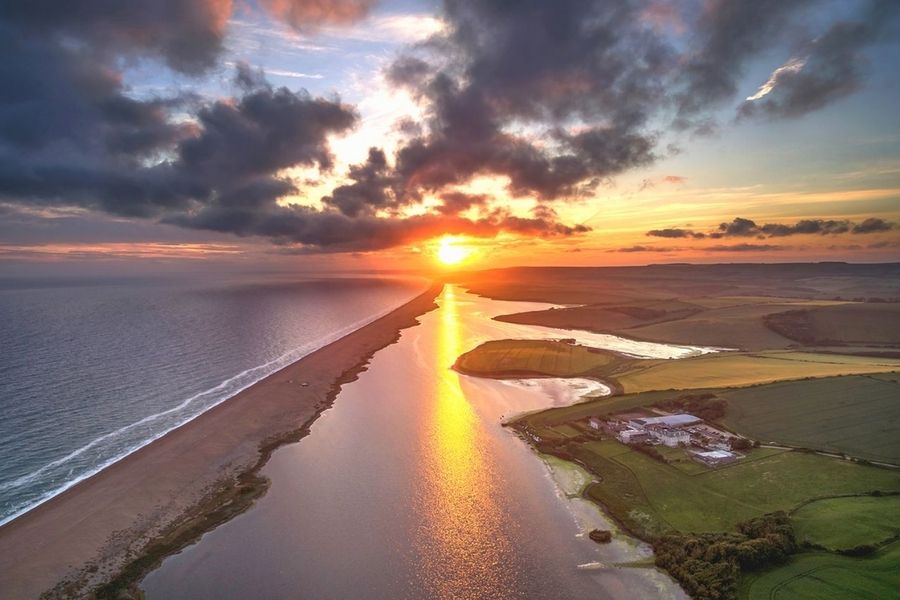
The Dorset Wildlife Trust sometimes runs marine surveys, encouraging visitors to look for rare finds like slender pipefish or the elusive lagoon cockle.
Spending time by the lagoon really opened my eyes to how life adapts to shifting tides and salty winds. There’s always something fascinating if you pause and look.
Fascinating Stops Along the Coast
Chesil Beach links lively seaside towns, ancient ruins, and dramatic landscapes. My walk took me from industrial harbors to peaceful lagoons and old chapels.
Isle of Portland and Ferry Bridge
I started out near the Isle of Portland, a rugged limestone island tied to the mainland by Ferry Bridge. Standing on the bridge, I watched the shingle curve away, separating the wild sea from the sheltered lagoon.
The Isle of Portland is all about dramatic cliffs and traces of old quarries. You’ll spot signs of naval history everywhere—old forts and stone works. Ferry Bridge is a favorite for birdwatchers and anglers, and it’s the real southern gateway to Chesil Beach.
Highlights:
| Spot | Notable For |
|---|---|
| Isle of Portland | Cliffs, quarry, naval sites |
| Ferry Bridge | Lagoon views, birdwatching |
Historic Weymouth and West Bay
Heading northwest, I wandered into Weymouth—a classic seaside town with sandy beaches, Victorian facades, and a lively harbor. I grabbed lunch by the water, just people-watching and soaking up the atmosphere.
Weymouth’s Georgian resort vibe is everywhere, from the old esplanade to the busy docks.
A few miles farther along, West Bay comes into view, just past Bridport. It’s known for golden cliffs and a bustling fishing harbor. Walkers, families, and food stalls fill the promenade, and the sea views here are hard to beat.

Best Weymouth Activities:
- Stroll along the esplanade
- Watch the harbor in action
- Try a local café
Abbotsbury and St Catherine’s Chapel
Much further along, I ended up in Abbotsbury—a village just dripping with history. The stone cottages and that famous swannery really made me feel like I’d stepped straight into the past.
The Fleet Lagoon opens up wide here, and it just adds to the calm, almost timeless vibe.
Above the village, St Catherine’s Chapel perches on a hilltop. The climb’s short but honestly, it’s steeper than it looks.
Built back in the 14th century, the chapel keeps watch over the lagoon and Chesil Beach. I took a breather at the top, letting the view sink in.
Those thick stone walls and the hush inside felt like a reward after a long walk along the coast.
St Catherine’s Chapel
- Perfect for sweeping views
- A centuries-old historic gem
Outdoor Activities: Fishing, Fossil Hunting, and More
Chesil Beach brings a whole buffet of outdoor options. You can fish, hunt for fossils, or just try something new along the coast.
Beach Fishing for Mackerel, Plaice, and Rays
I spotted clusters of anglers spread out along the shingle, all hoping for that lucky catch. Chesil Beach has a bit of a reputation in Dorset for its fishing.
From spring through autumn, mackerel crowd the shore, especially as the sun dips. I noticed plaice and rays turn up too, if you cast out a bit deeper.
You’ll need sturdy tackle to handle the rolling waves and all those pebbles. I watched folks using long casting rods to get their lines out far enough.
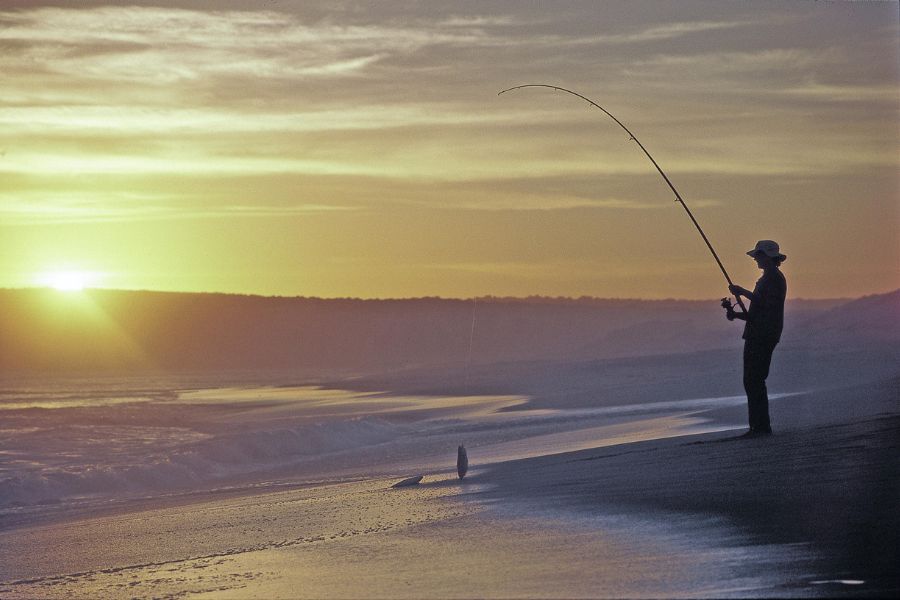
Local rules might change, so it’s wise to double-check before you set up. When it came to bait, sand eels, ragworms, and mackerel strips seemed to do the trick.
Tip: Early mornings or dusk? That’s when the bites usually come. Keep an eye on the weather—it can turn fast out here.
Typical catches by season:
| Season | Common Fish |
|---|---|
| Spring | Plaice, rays |
| Summer | Mackerel |
| Autumn | Rays, bass |
Fossil Hunting Between Charmouth and Lyme Regis
Just a short drive west, the stretch between Charmouth and Lyme Regis is legendary for fossil hunting. This is the Jurassic Coast, and after a storm or at low tide, new fossils often reveal themselves.
I brought a little hammer and chisel, but honestly, sometimes just digging around with my hands worked best. I found ammonites, belemnites, and the occasional chunk of ancient reptile peeking out from the clay.
Digging into the cliffs isn’t safe, so I stuck to searching the beach. Local visitor centers hand out guides, and if you’re new to it, I’d say join a guided walk. It’s more fun with someone who knows the ropes.
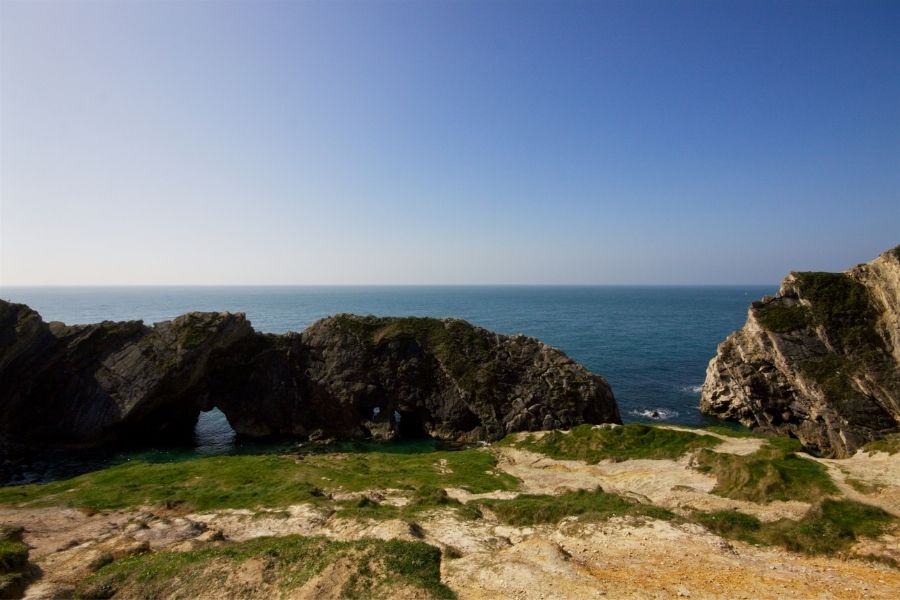
If you stumble on a big or rare fossil, let the experts know instead of pocketing it. That way, everyone gets to learn from it.
Essentials for fossil hunting:
- Sturdy shoes
- Safety goggles
- Identification leaflet
- Respect for the cliffs and local rules
Swimming, Golf, and Other Adventures
Swimming at Chesil Beach is possible, but you have to be careful. That steep shingle bank kicks up strong waves and currents.
Most folks only swim when it’s calm, and they stick to lifeguarded spots. Always check for warnings and, honestly, never go alone.
If you play golf, you’ll find a few courses nearby. Weymouth Golf Club is the closest, and it’s just a quick drive from the shore.
I played a round one breezy afternoon—the greens roll out into open countryside, and the sea air makes every shot a bit unpredictable.
There’s more: walking, kite flying, bird watching around Fleet Lagoon. I loved wandering the South West Coast Path.
Wildlife pops up everywhere, and the views are something else. It’s a great spot for families and anyone who likes to explore with binoculars or just their own two feet.
Moments to Remember: Sunsets, Watching, and Local History
Chesil Beach isn’t just a wild, pebbly stretch of coast—it’s a place that sticks with you. Sunsets, old stories, and a bit of literary magic all seem to live here.
Sunset Views Over Lyme Bay and the Countryside
Evenings on Chesil are something special. When the sun sinks over Lyme Bay, the sky can go wild with pinks and oranges.
I found my favorite spot just above the pebbles, Fleet Lagoon shimmering beside me. The colors bounce off the water and stones, and even far-off places like Golden Cap and Durdle Door start to glow.
Some nights, clouds drifted over the Dorset hills, turning them into dark shapes against the fading light. I could just make out Seatown to the west and Lulworth Cove to the east.

I often saw people—locals, visitors, kids—just stopping to watch, cameras in hand, as the sun dropped below the horizon.
Behind the beach, the hills fill up with birds heading home. There’s something peaceful about it: the wind at your back, the light slipping away. It’s the kind of moment that sticks with you after a long day’s walk.
Local Legends and Stories, Including Edward and Florence
As I wandered Chesil Beach, I heard all sorts of stories from the past. One that lingered with me was about Edward and Florence.
Supposedly, these two were secret lovers who met on the beach to escape small-town gossip. Some say their favorite hideout was a quiet spot overlooking Fleet Lagoon, tucked away among the shingle.
Chesil has seen its share of shipwrecks, fishermen, and smugglers. People still talk about wild storms and lives lost at sea.
Sometimes I pictured the old villages nearby, full of families who depended on the sea and swapped tales by lantern light.
Abbotsbury, that nearby village, holds annual events to celebrate Chesil’s history. It’s a reminder that this beach isn’t just pretty scenery—it’s shaped by real people and their stories.
Chesil Beach in Literature and the Arts
Chesil Beach shows up everywhere—books, paintings, even songs. Ian McEwan’s novel, On Chesil Beach, probably tops the list. He sets a moving story of two young people in the 1960s right here, letting the quiet power of the shingle shape their lives.
Artists can’t seem to resist those bold lines and the emptiness that stretches forever. I’ve wandered through local art exhibitions where Chesil’s soft light and the calm of the Fleet Lagoon steal the show.
You’ll spot watercolors, photos, and short films capturing the pebbled desert and those distant cliffs. Writers love the beach’s shifting moods—sometimes it’s peaceful, sometimes wild.
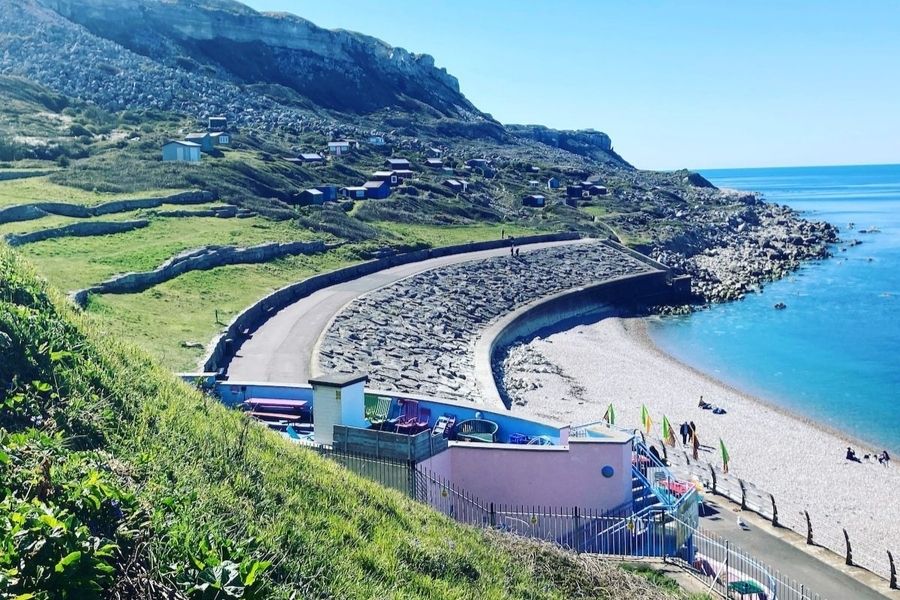
When I walked there, I felt swept up in that creative energy. It’s easy to see why Chesil Beach has inspired so many stories about love, loss, and searching for meaning.

